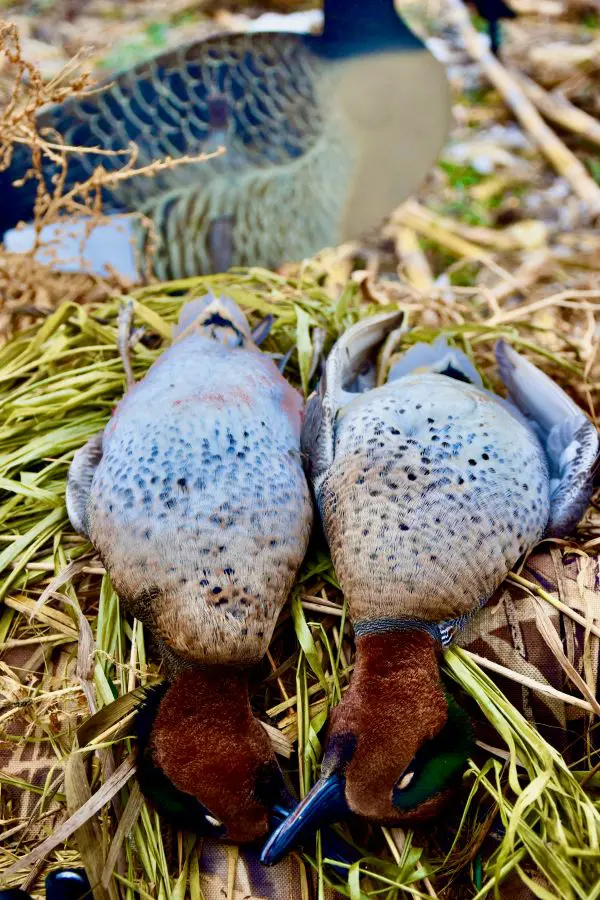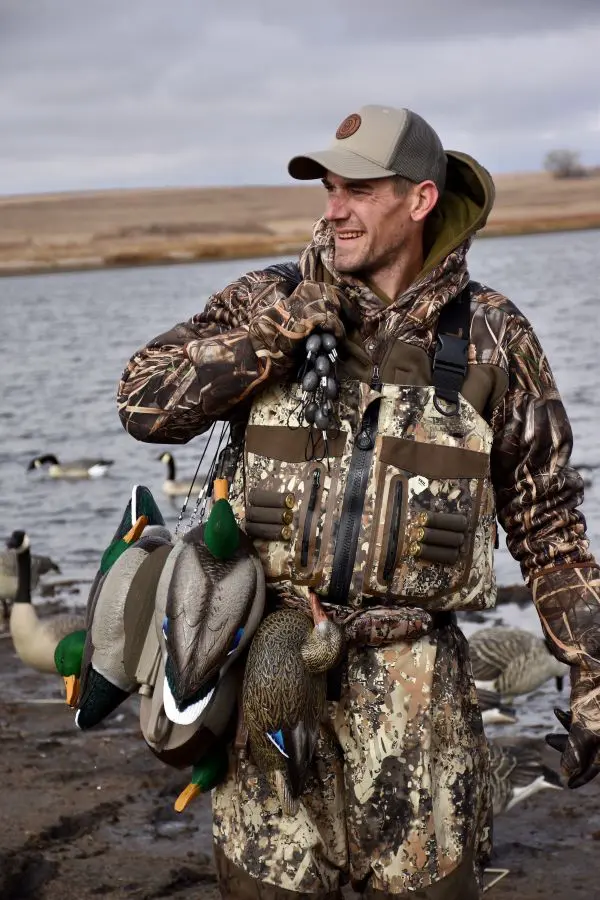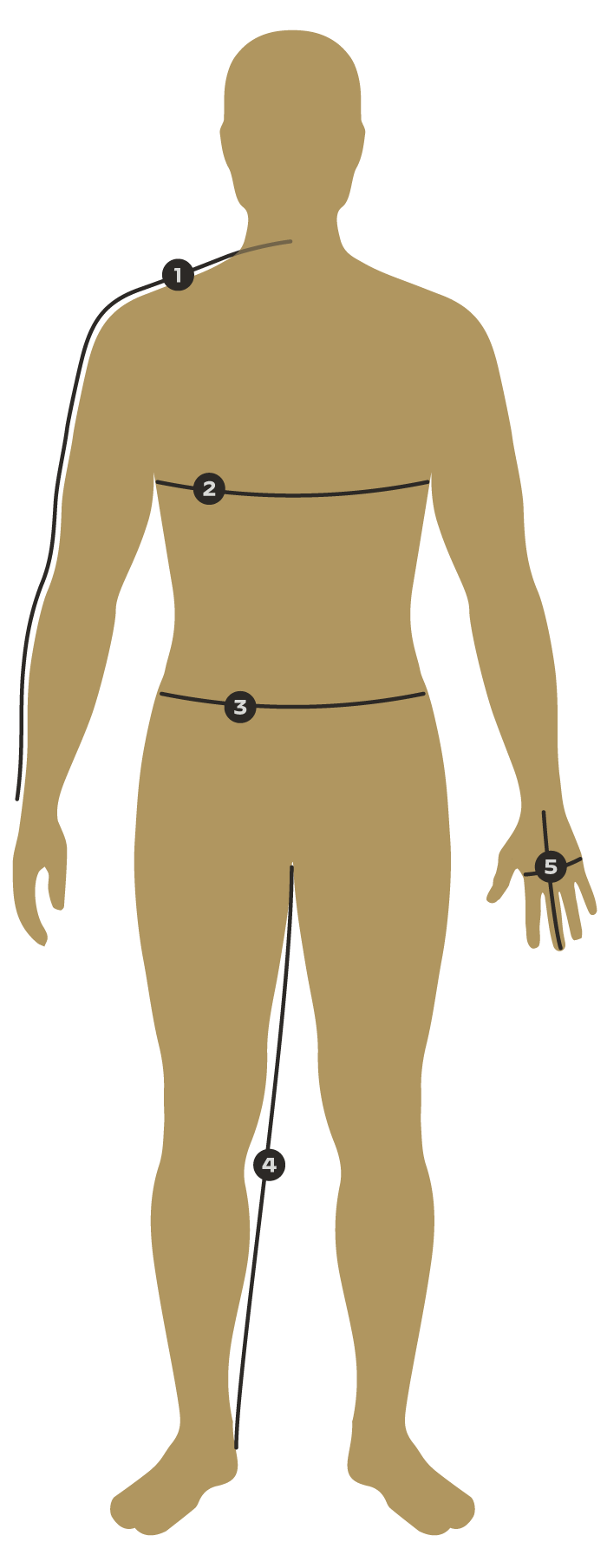Waterfowlers have a decision to make when it comes to decoys. Do you purchase oversized magnum decoys or standard-sized dekes? Several factors go into the decision. It depends on the species you’re targeting, whether you’re hunting in the field or water, how big the body of water is, the predominant duck species you hunt, how difficult it is to get to your hunting location, manpower, and your budget.
Years ago, giant decoys were all the rage. I remember my cousin using some outlandishly huge mallard decoys made by Flambeau that resembled a floating cement block more than a duck. They had a head with a pointed bill that was disproportionately small compared to the body. You could fit six of these massive dekes in a bag compared to two dozen regular decoys. But as outlandish and stoic as they looked, my cousin shot a lot of ducks over them.
“I tend to err on the side of realism when it comes to decoys,” advised Wildfowl magazine associate editor Ryan Barnes. “We don’t see that many mallards out here in Utah. It’s mainly teal, spoonies, widgeon, and gadwall, so I like to use a lot of those species in my decoy spread. At home, I use as many realistic decoys as I can fit in a bag. In most cases, I find that numbers are more important than fewer magnum or oversized decoys.”
“I’ll use magnum decoys if I’m going for a smaller realistic spread,” said Barnes. “Size can sometimes make up for numbers. It helps ducks see a spread, but I’ll use regular-sized decoys when hunting other species.”
Even within a given species, there are size differences. Young-of-the-year birds are not as large or as fully plumed as adult birds, especially early in the season. Smaller, standard-sized decoys, when mixed with fewer magnum-sized decoys, will do the best job of mimicking a typical flock of birds. Logistics can be another reason to favor regular-sized decoys over bigger magnum decoys. The difference between magnum decoys and standard decoys may not be much, but it can add up. Hardcore Rugged Series Standard Mallards measure 15.5 x 7 inches. The Rugged Series Magnum Mallard Decoys measure 18 x 9 inches. Do you opt for more, smaller, less expensive decoys or larger, more visible, but more expensive frauds? There’s probably no wrong answer.
Last season, I got some Hardcore Rugged Series Standard Mallard decoys for our trip to North Dakota. The standard decoys have the same features as the magnums- Ultra-durable FowlFlex™ Technology, True-To-Life paint schemes, a WhaleTail™ Keel that creates lifelike movement in current or the slightest wind. On big water in the Dakotas, numbers are more critical than decoy size, so we opted for standard decoys. A side benefit of Hardcore standard mallard decoys is that they are also available with flocked heads for added realism.
A side benefit of the standard decoys we discovered was that two of the standard decoys would fit in each compartment of the slotted bags versus one magnum decoy. Lugging the same slotted bag to the water’s edge resulted in twice as many decoys in the spread.
Mallards are the standard bearer if you hunt the Mississippi or Central flyways. All species of ducks are attracted to mallard decoys. Ducks, regardless of species, are accustomed to feeding, roosting, and migrating alongside mallards, making the attraction a natural one. But with the decline in mallard numbers, it’s wise to include other species in your typical spread. Mallard numbers have plummeted in the Central Flyway, from 12 million birds to 6.5 million, over the last decade. Similar declines have been observed in the Mississippi Flyway and the Great Lakes Region in particular, where mallard numbers have dipped from 500,000 to 90,000. In the meantime, other species have been holding their own or increasing.
On the other hand, most hunters in the Mississippi and Central flyways will admit to having observed a shift in migration patterns in recent years, with birds moving east. Species that were once rare in the Great Lakes Region, like widgeon, pintail, and gadwall, are becoming more common. Teal numbers have been booming, likewise with wood ducks. If you’re intent on filling the game strap, you need to consider other species besides mallards these days.

- One advantage of standard-size decoys versus magnums is that you can fit two standard decoys in one compartment of a slotted bag.
In North Dakota, our typical water spread includes four dozen mallards, two dozen Greater Canada goose floaters, and an equal number of geese on shore. I love deploying what I refer to as a Paul Revere spread- one if by land and two if by sea. Spreads that incorporate field and water decoys give the impression of a group of contented birds and look extremely natural. Over the years, the spread has undergone significant transformation.
Increasingly, the ducks we see are breeds other than mallards, especially in North Dakota. The bonus ducks are generally medium to small in size, so we’ve replaced our main decoys with standard-sized mallards and integrated other species. Half the duck spread is mallards, and the other half is gadwalls, pintails, and widgeon to appeal to the higher percentage of “other” ducks. The change or addition also added different poses, postures, and color patterns to the spread.
A great way to add these species to your spread is with Hardcore’s Rugged Series Whistler Packs. The Whistler Pack is made up of widgeon and pintail decoys. These birds whistle versus quack, hence the name. Additional realism can be added by including the Hardcore Rugged Series gadwall or green-winged teal. All the decoys were attached to three-foot Texas rigs. The Texas rigs make storage, deployment, and pickup quick and straightforward.

- Adding standard-size decoys to the spread is crucial when numbers are a key consideration.
North Dakota is famous for goose hunting, but we don’t often see giant Canada geese. We might be too early to see the migrants from up north, or too late to get into big numbers of resident geese. We might shoot one or two of the bigger Canadas in a week. If we do shoot Canada geese, it’s more likely to be lesser Canada geese. Lessers are much more likely to hang out and migrate with snow geese and white-fronted geese, and are generally early migrators.
Last year, we incorporated more Hardcore Lesser Canada Floater decoys into the spread. The little Candas took up less space, were still highly visible, and added an element of confidence to the spread. Two of the lesser floaters will also fit in one compartment of a 6-slot bag. If we see any Canada geese, they’re quite often Lessers, so it made sense to add them to the spread.

There have been more white-fronted geese or specks around in North Dakota in recent years. Specks have become so common that we’re seriously considering leaving the Canada decoys at home and adding two dozen Hardcore Rugged Series Full Body Specklebelly decoys and a dozen speck floaters instead of the Canadas. White-fronted geese will land with Canada geese and snow geese, but prefer to associate with their own kind. Combine the speck decoys with a white-front call, and specks can be surprisingly easy to decoy, and a welcome addition to the bag.
Prospects for last year’s North Dakota trip were dismal. The weather had been relatively mild, few migratory birds had shown up, and the birds that were around were stale and educated. Friends who were hunting the previous week reported poor success, except for one good day on specks and snows. Water levels were average, so at least most lakes and ponds had water in them. A cold front arrived the day we got to North Dakota, promising to bring a new influx of birds.
Scouting revealed that the larger bodies of water were attracting and holding the ducks that were in the area, so we devised a plan to hunt a sizable lake from shore. The On-X app led us right to a point that we figured would be good, considering the wind direction. Luckily, we were able to drive across a harvested bean field up to within 50 yards of the water, making it reasonably easy to carry decoys. Everyone was assigned a chore, and the spread was in place before shooting time. All that was left to do was to grass in the blinds, which was easy to do with the abundance of tumbleweed we found along the shoreline.
A flurry started just as shooting time arrived. Two huge flocks of snows and specks were landing and feeding in the field behind us, and occasionally, a few would venture into shooting range. Flocks of green-winged teal were bombing us, and no one held back on emptying their gun on the challenging, ornate speedsters. We could hear whistles emanating from the icy mist, and several handsome drake wigeons found the baldpate fakes to their liking. A hodgepodge of divers strafed the spread, and we added bluebills and a ringneck to the bag. We would have done even better on the divers if we had added a small knot of divers on the outside of our set. Putting out a half dozen diver decoys is all that’s needed to get their attention. Investing in a Hardcore Series Diver Pack or two would be a wise option.
By noon, the action had slowed, but we were already close to our limit. We managed one adult blue goose and seven specks, even though we didn’t have any speck decoys. The hodgepodge of 20 ducks included six different species, and about a third of the haul were green-winged teal. The next day, we added three more species to the menagerie.

